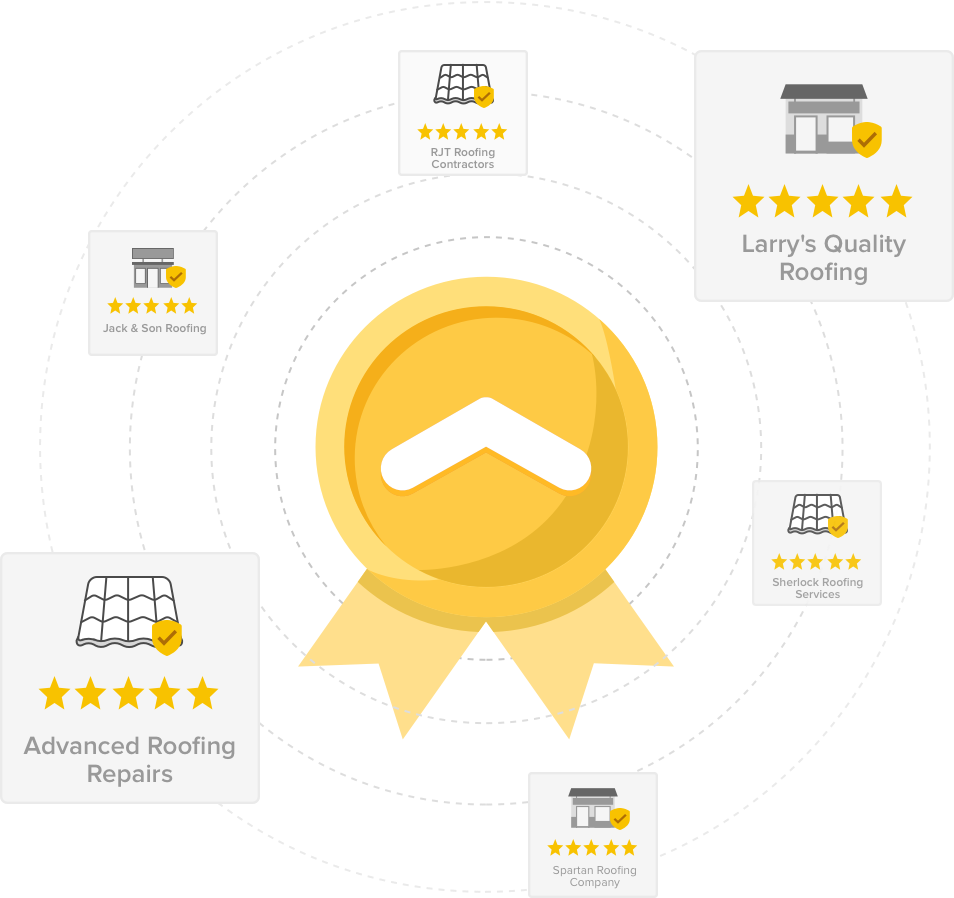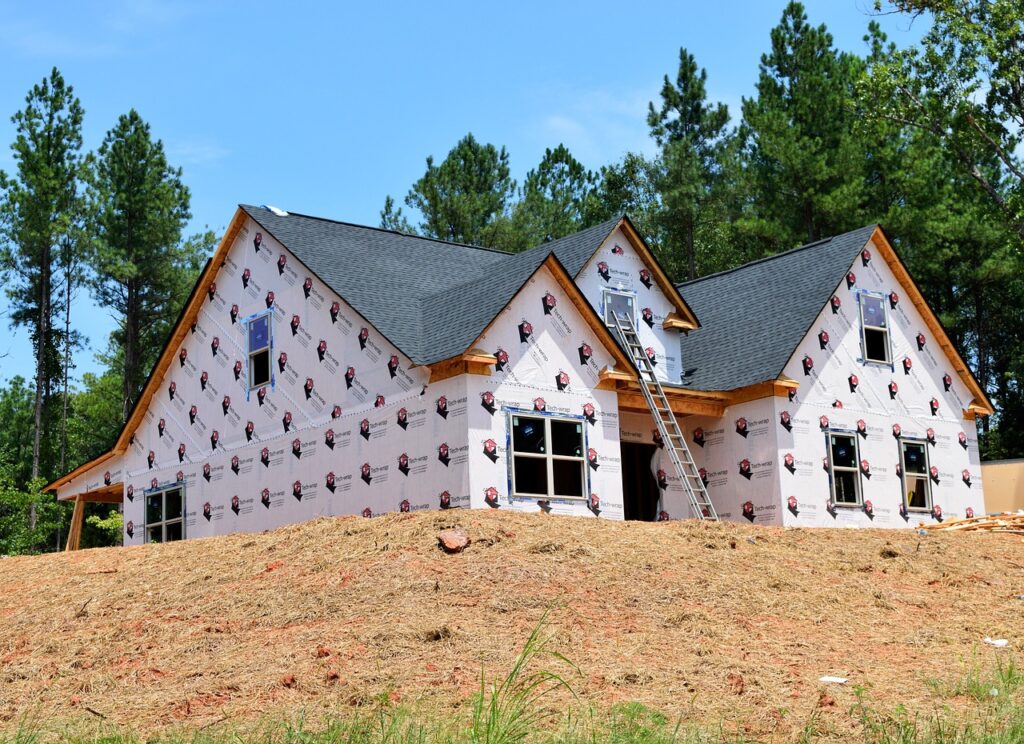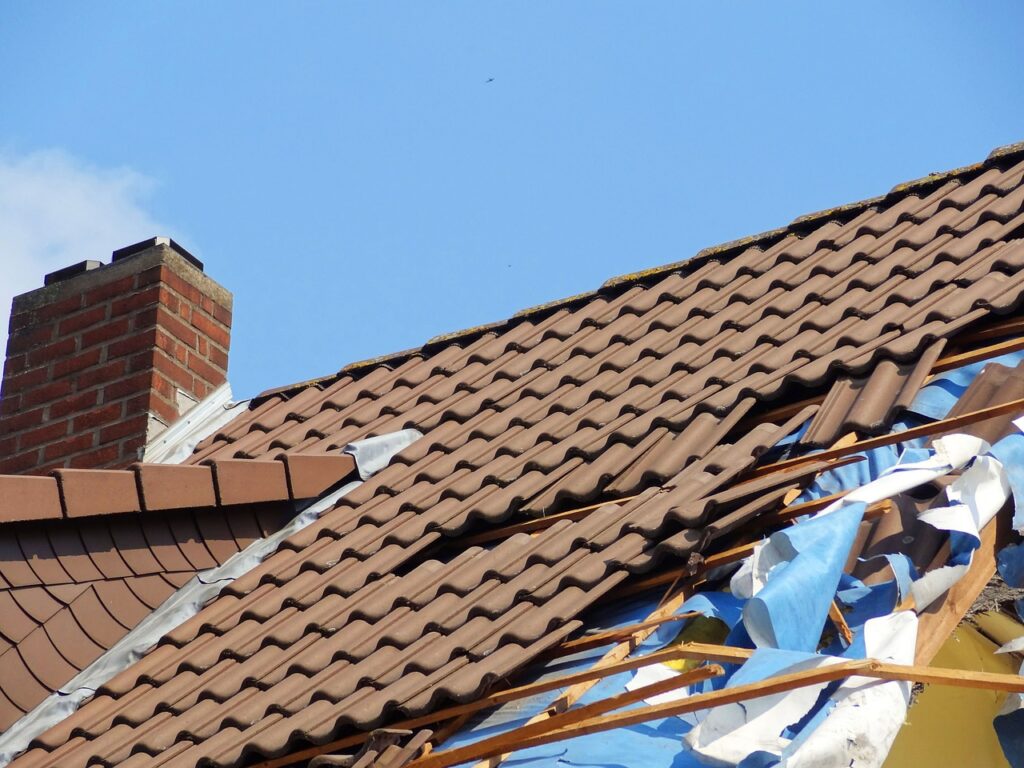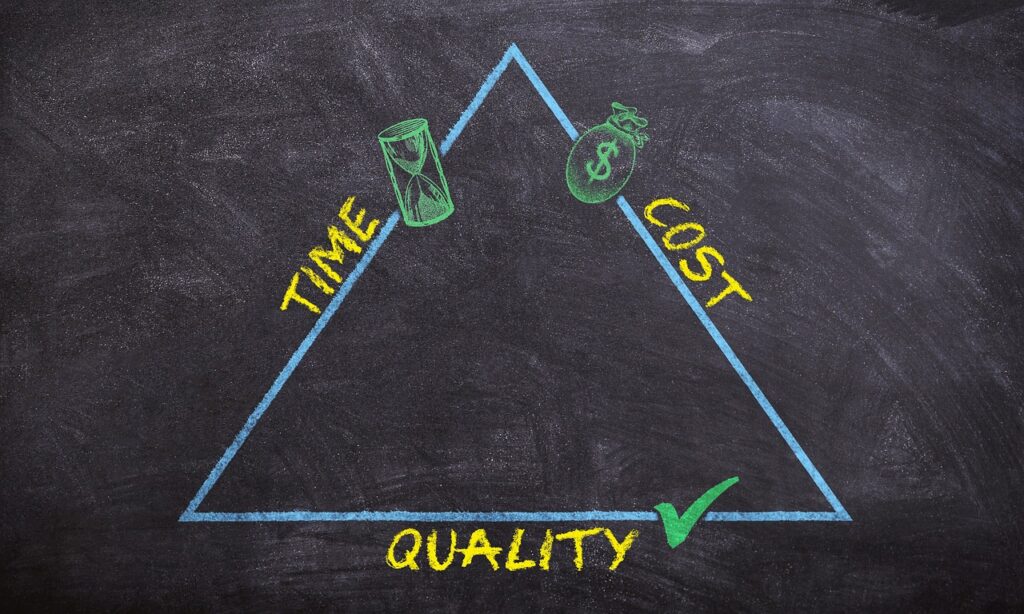
Top Roofing Companies
High Quality & Trusted Roofing Professionals
Get the peace of mind knowing that you will have trusted and high-quality Roofing professionals submitting estimates. Roofing professionals in our network have years of experience. You will be able to read full customer reviews while comparing estimates.
Our Roofing contractors can tackle all projects, from big to small. We will help make the process easier by finding you the right professionals for your project. Get started by searching your zip code below.





